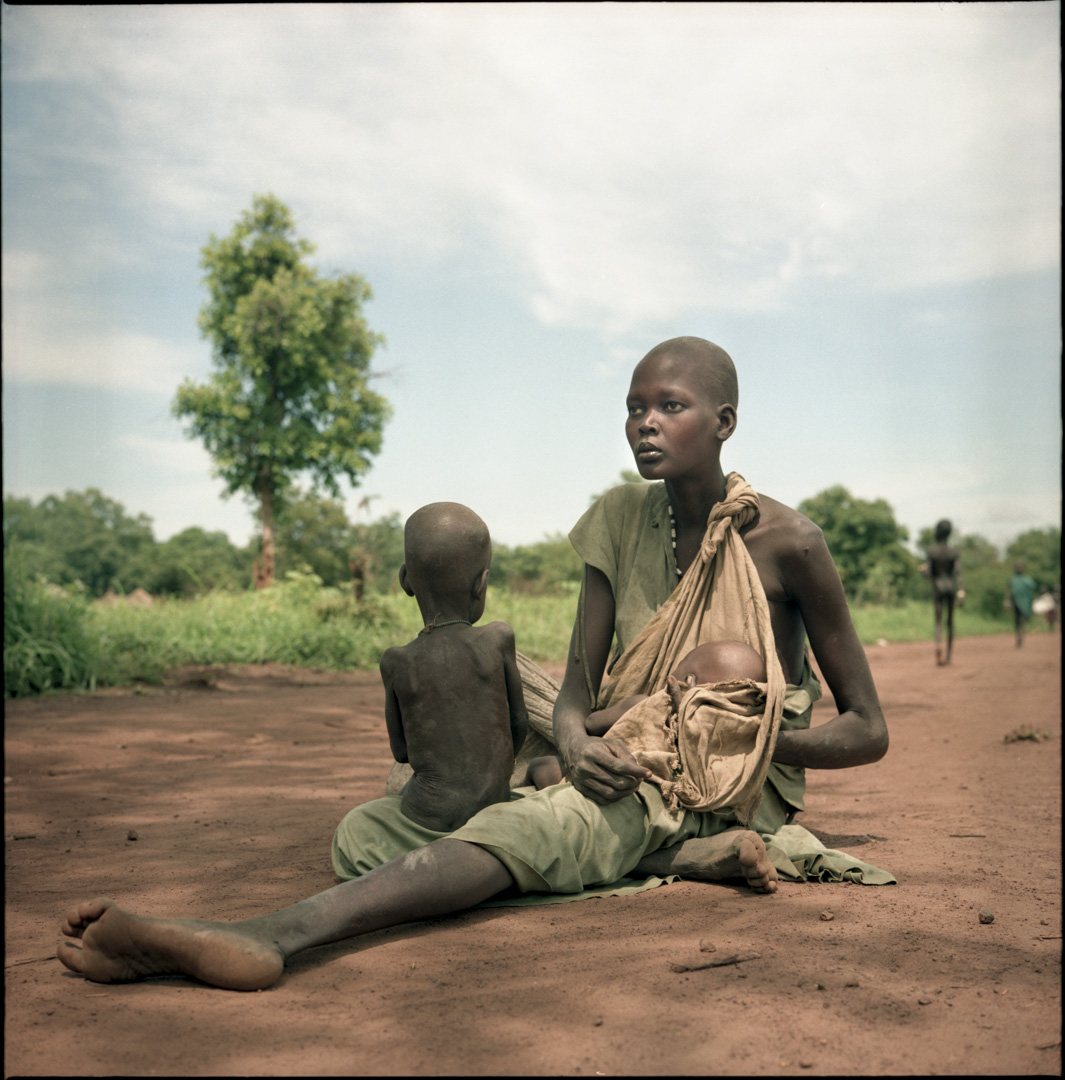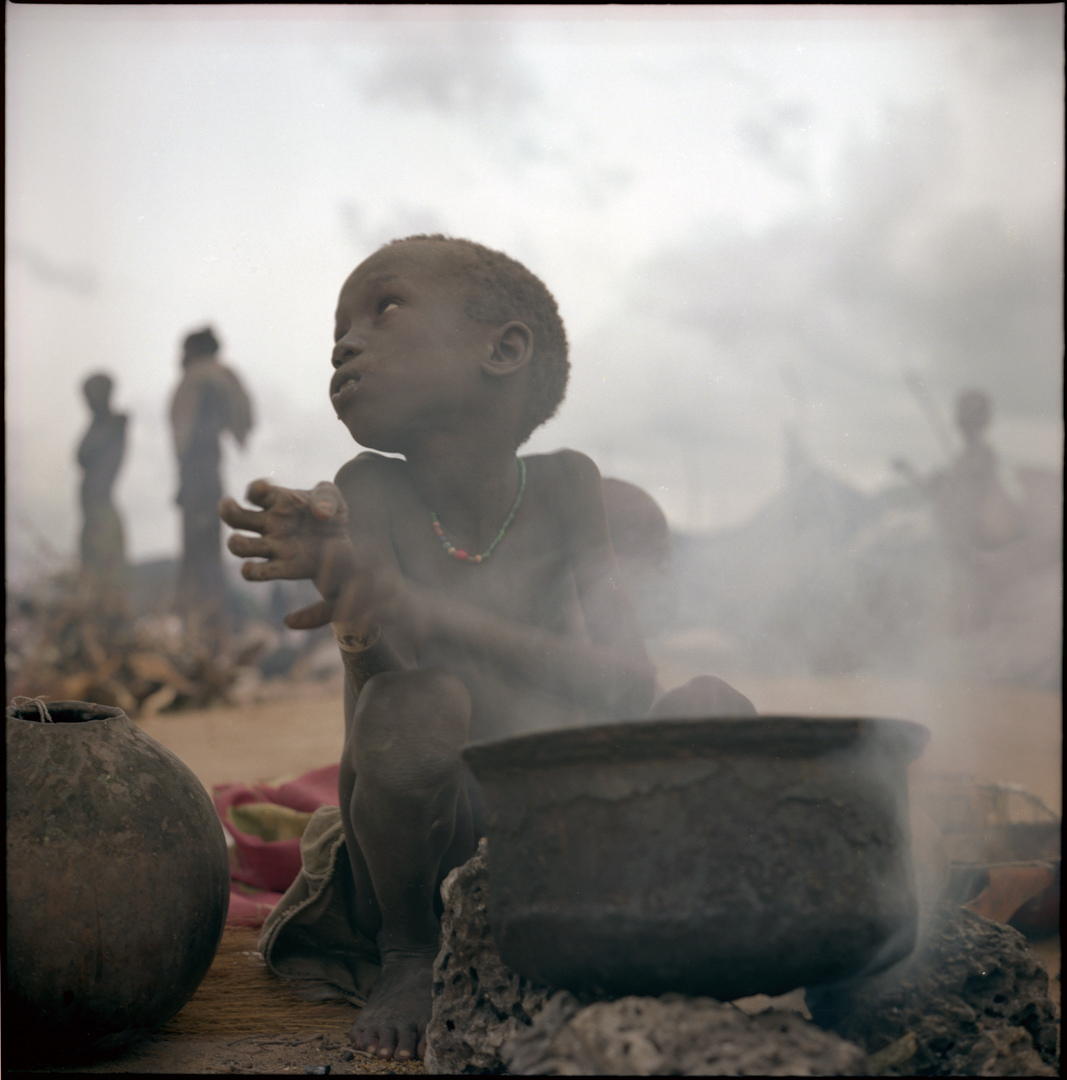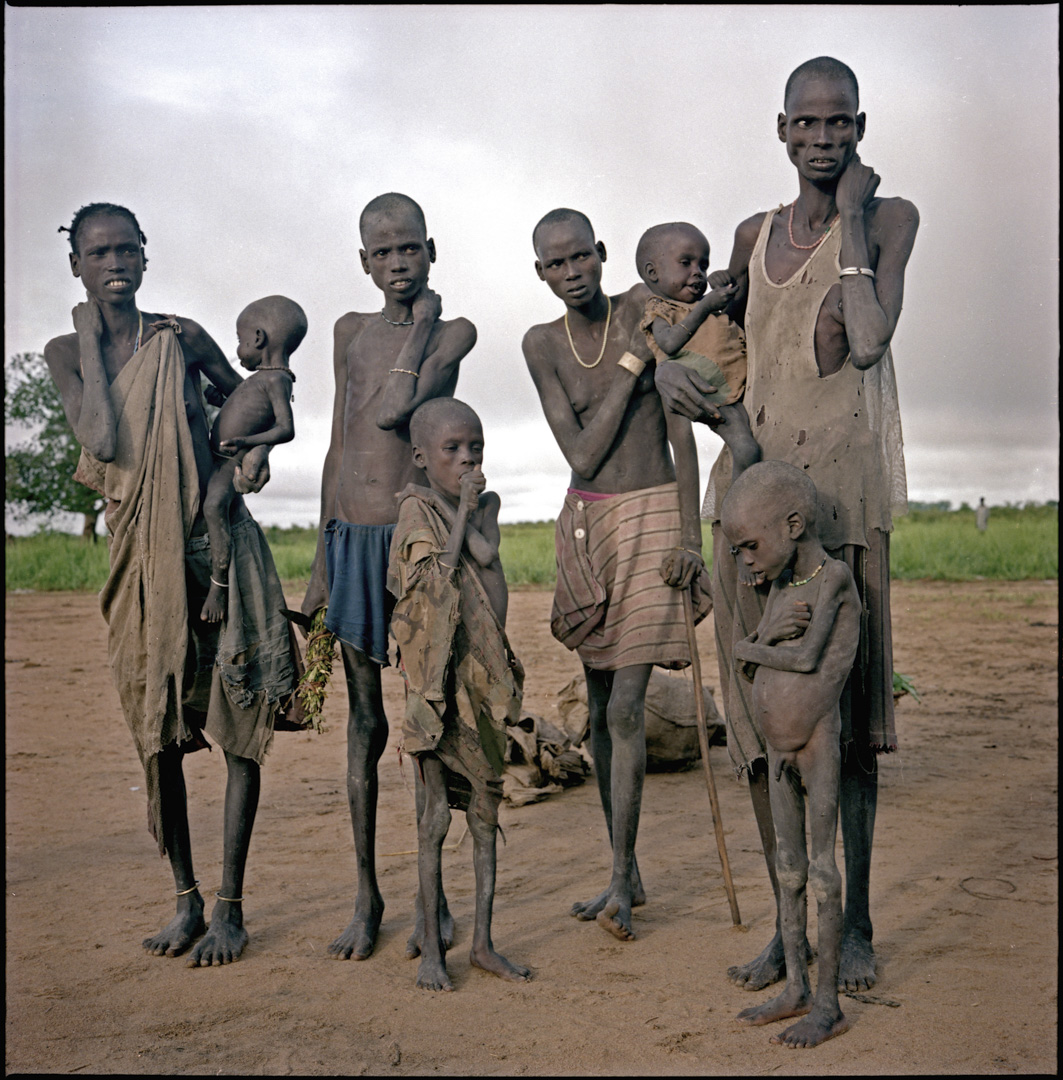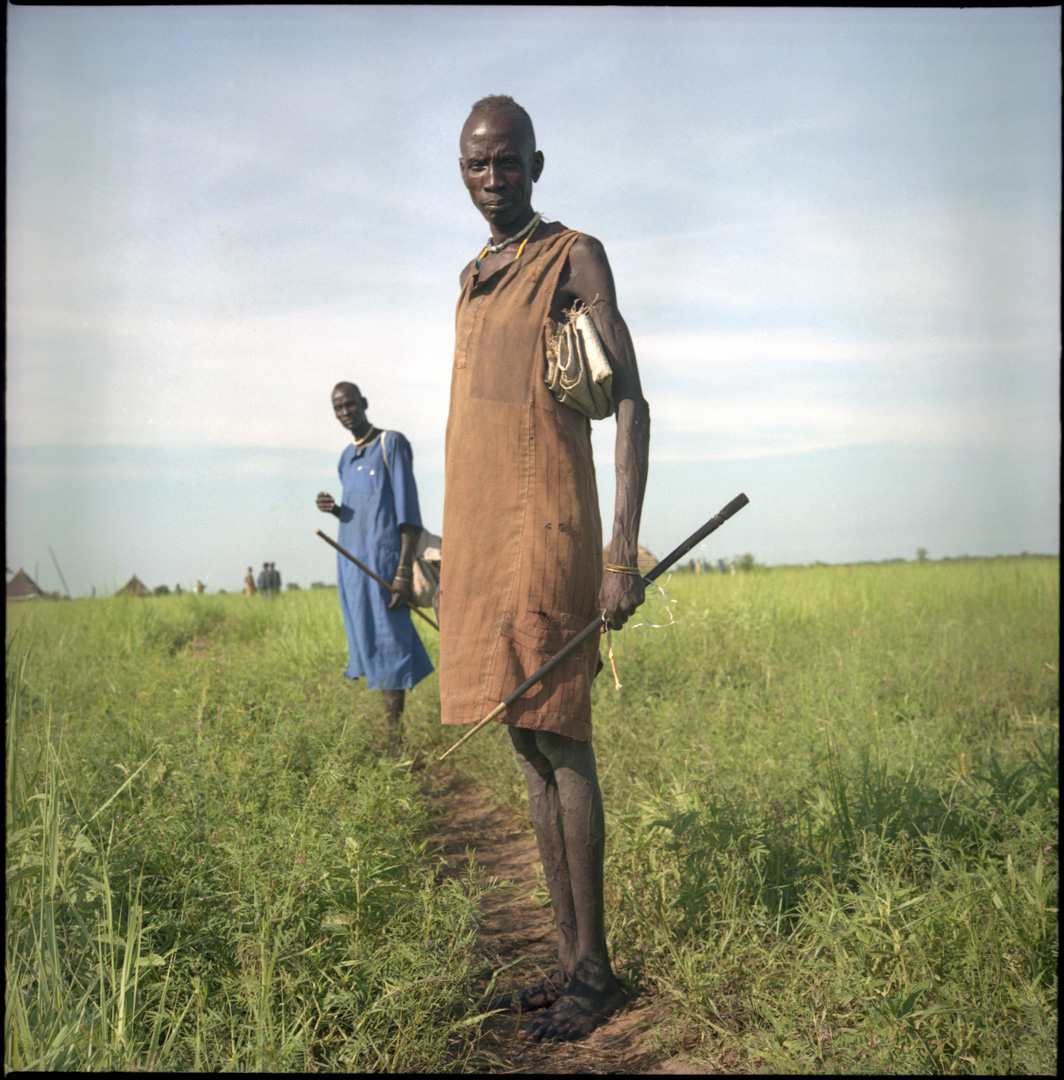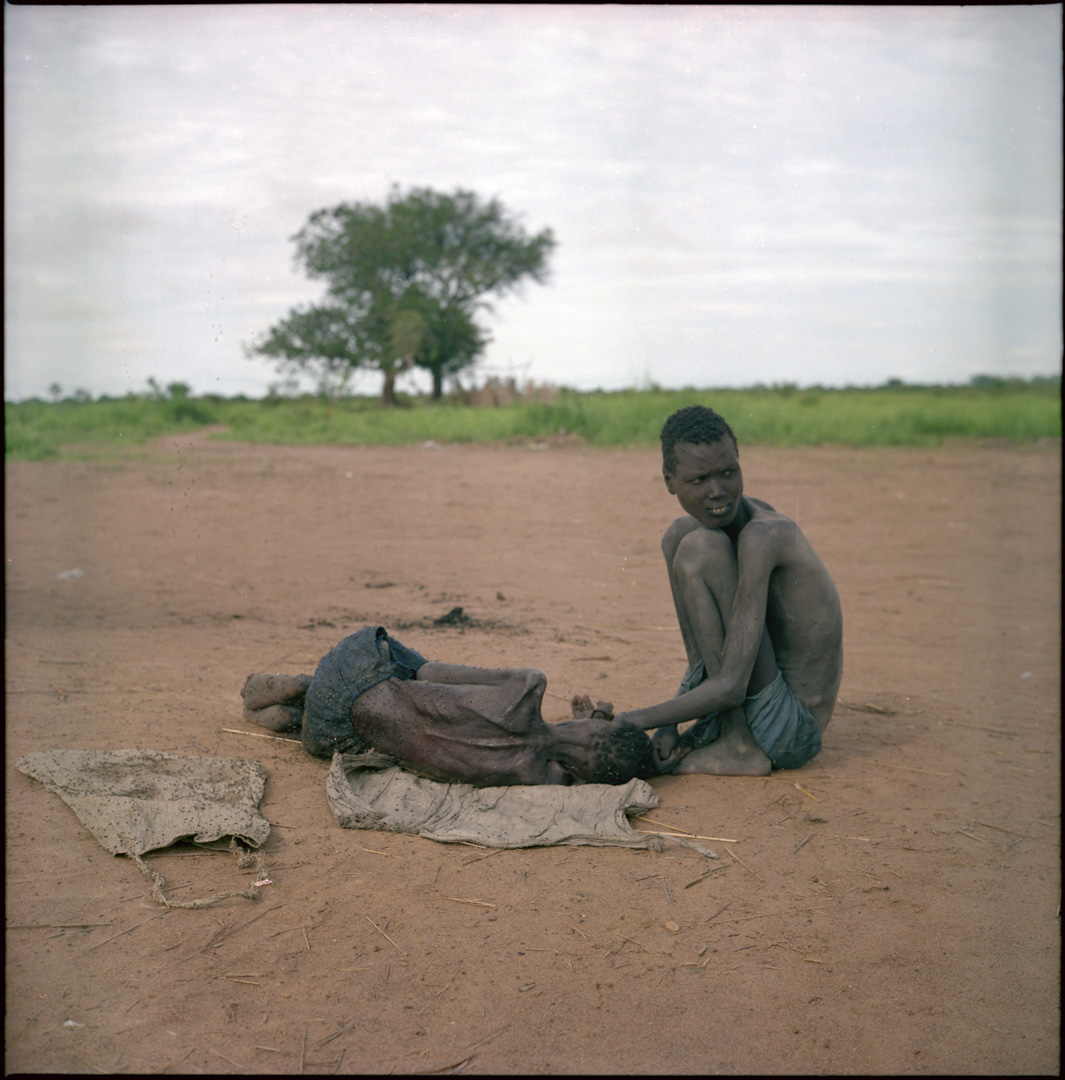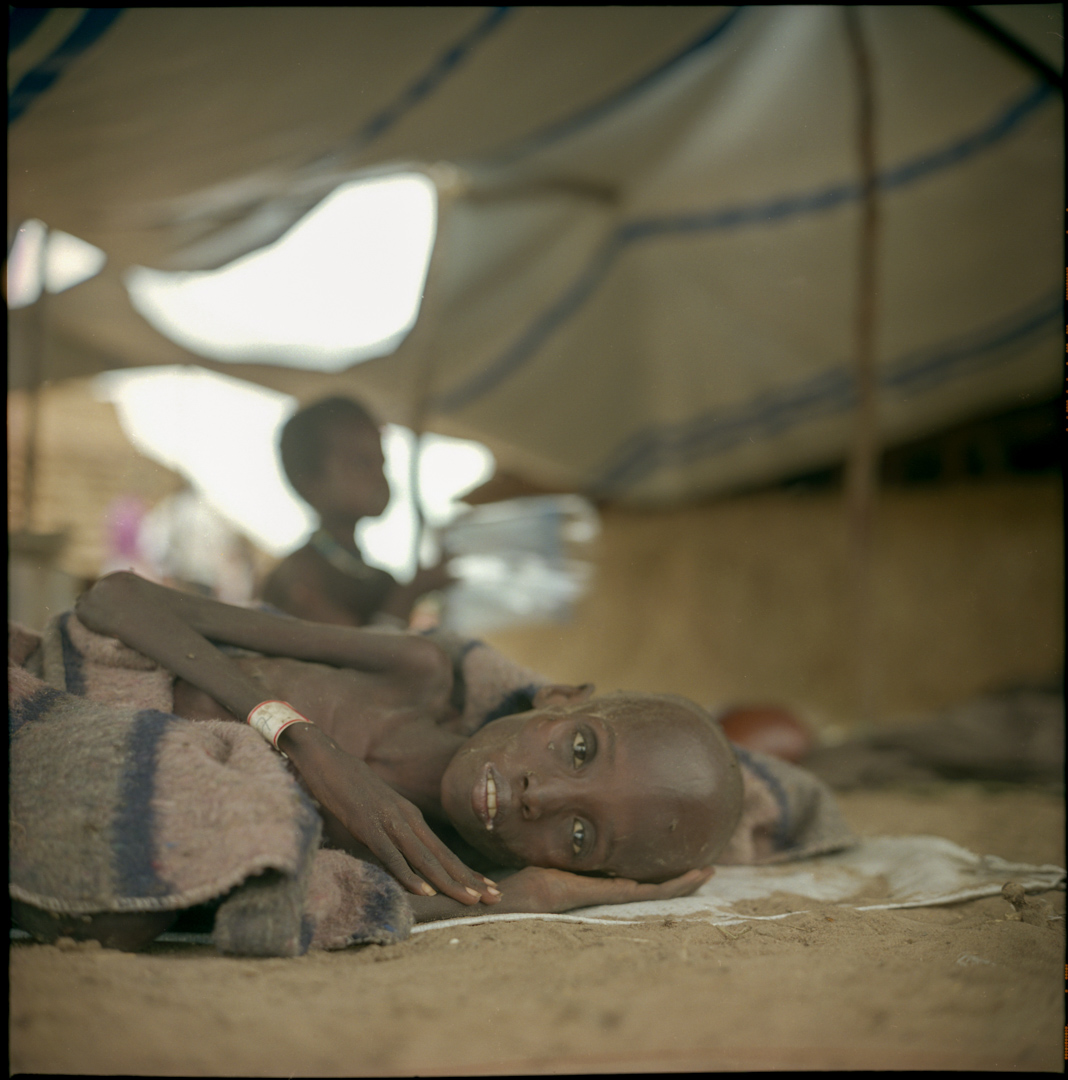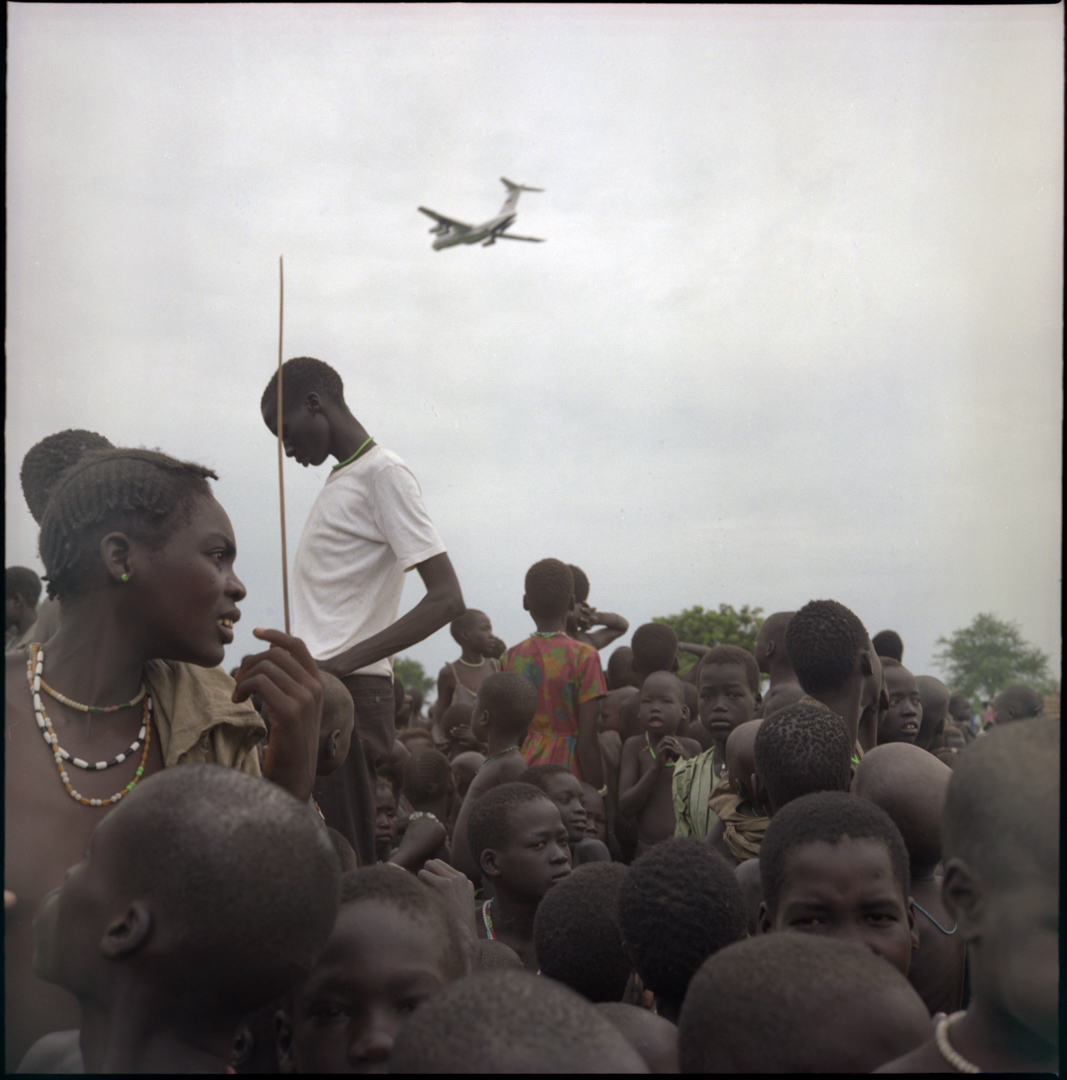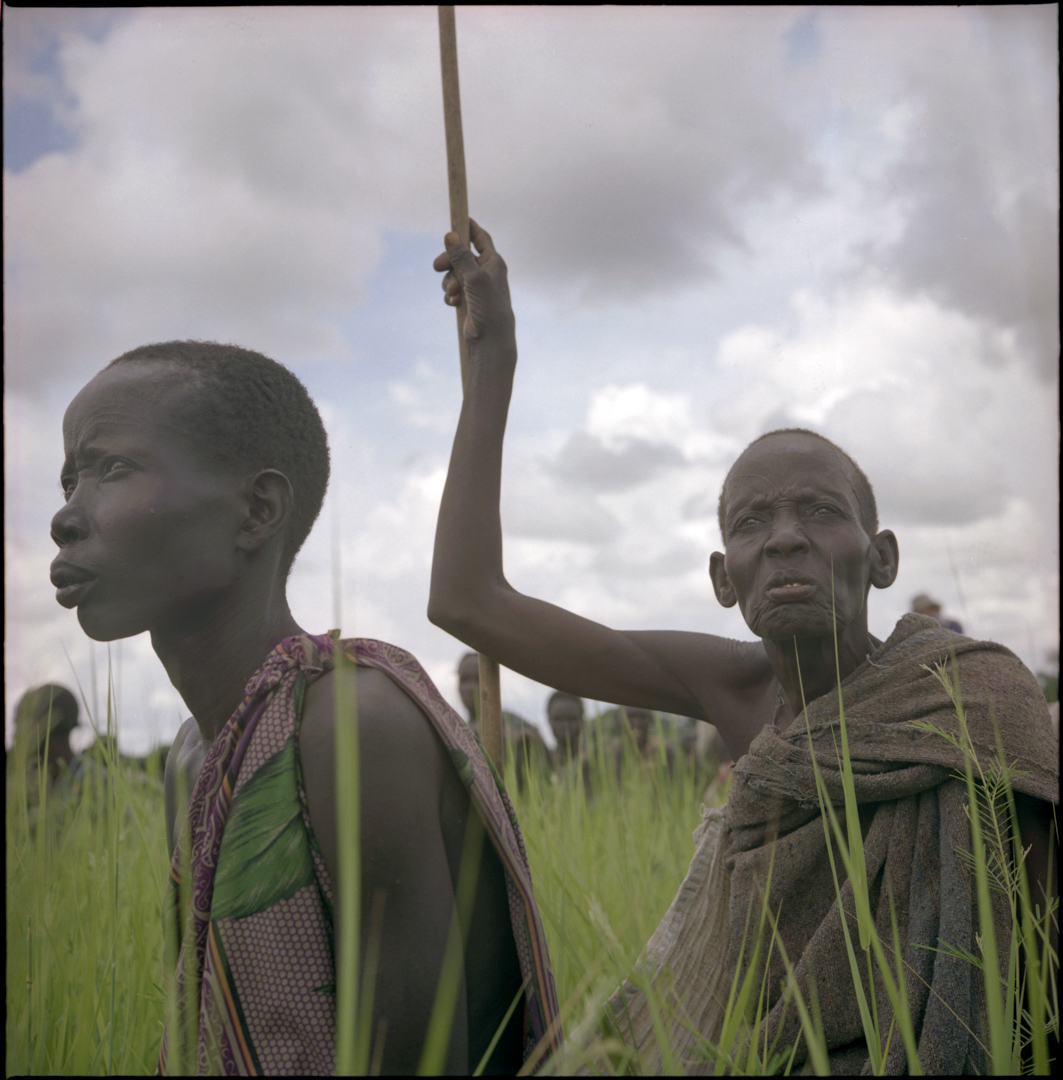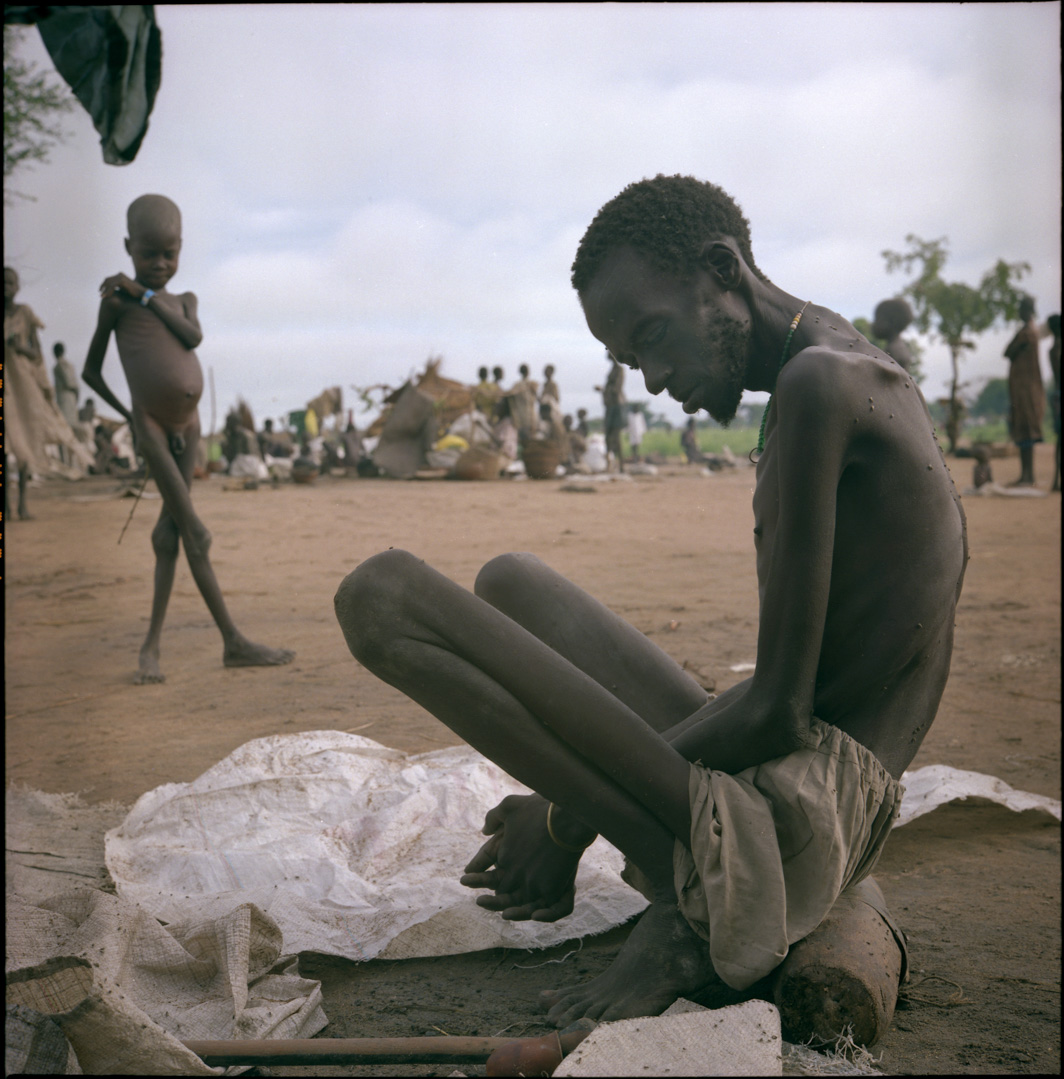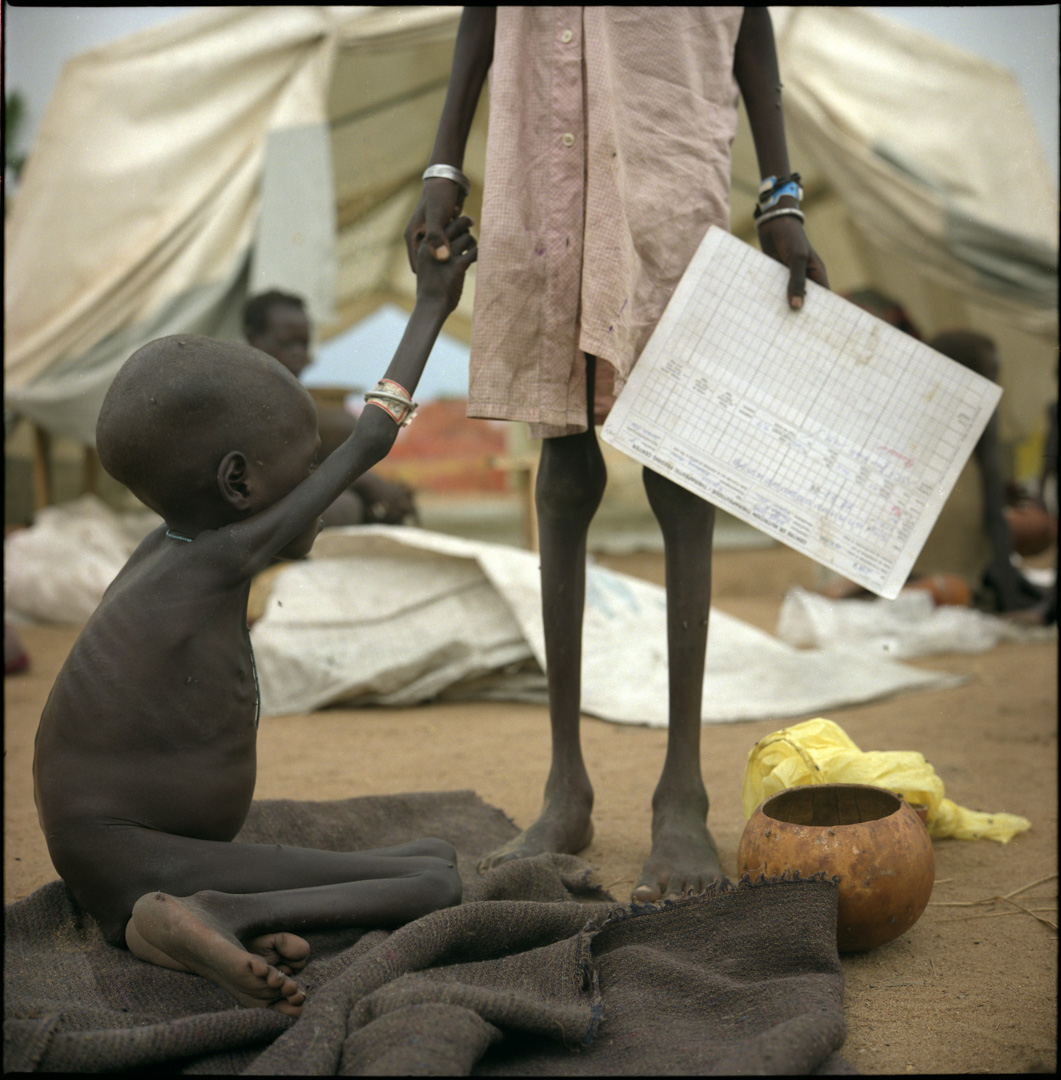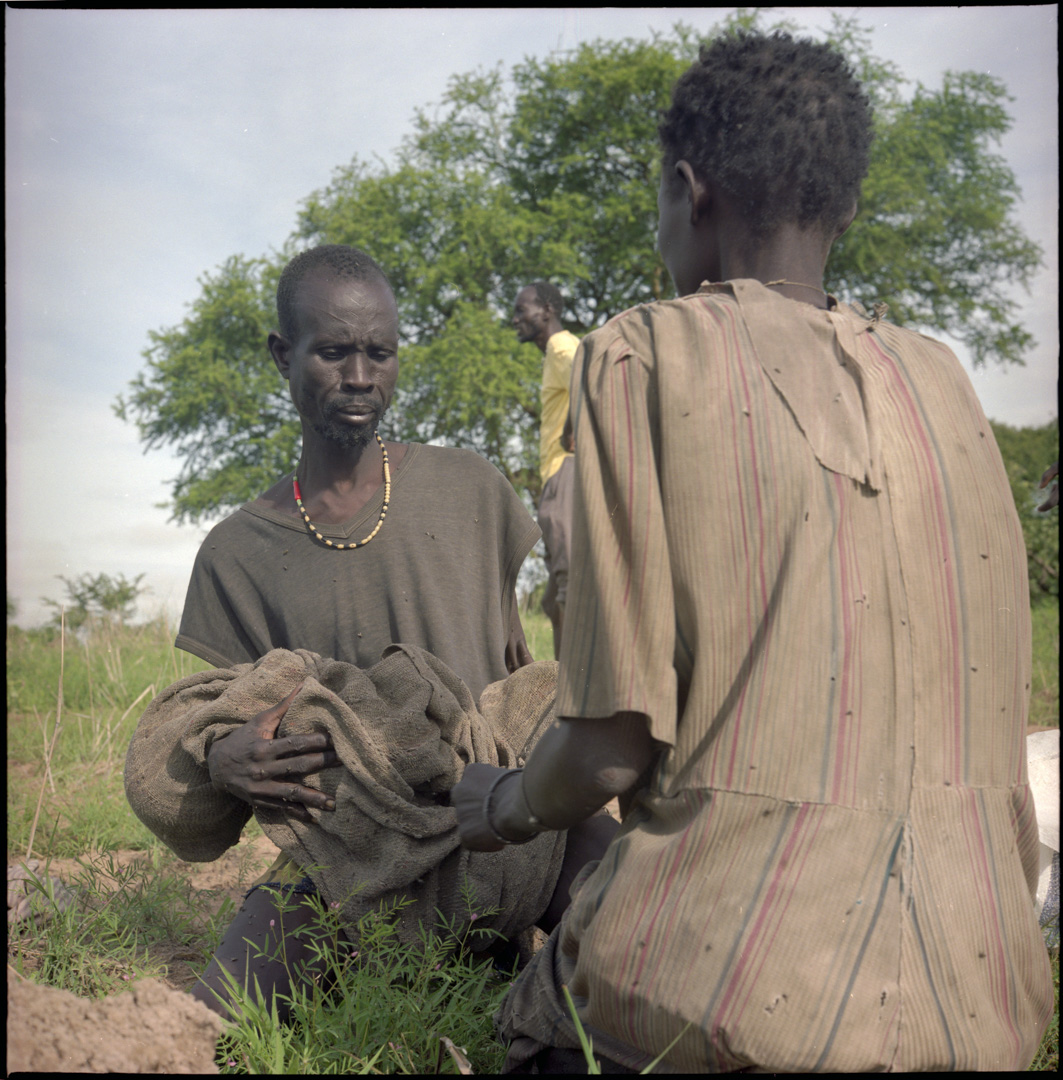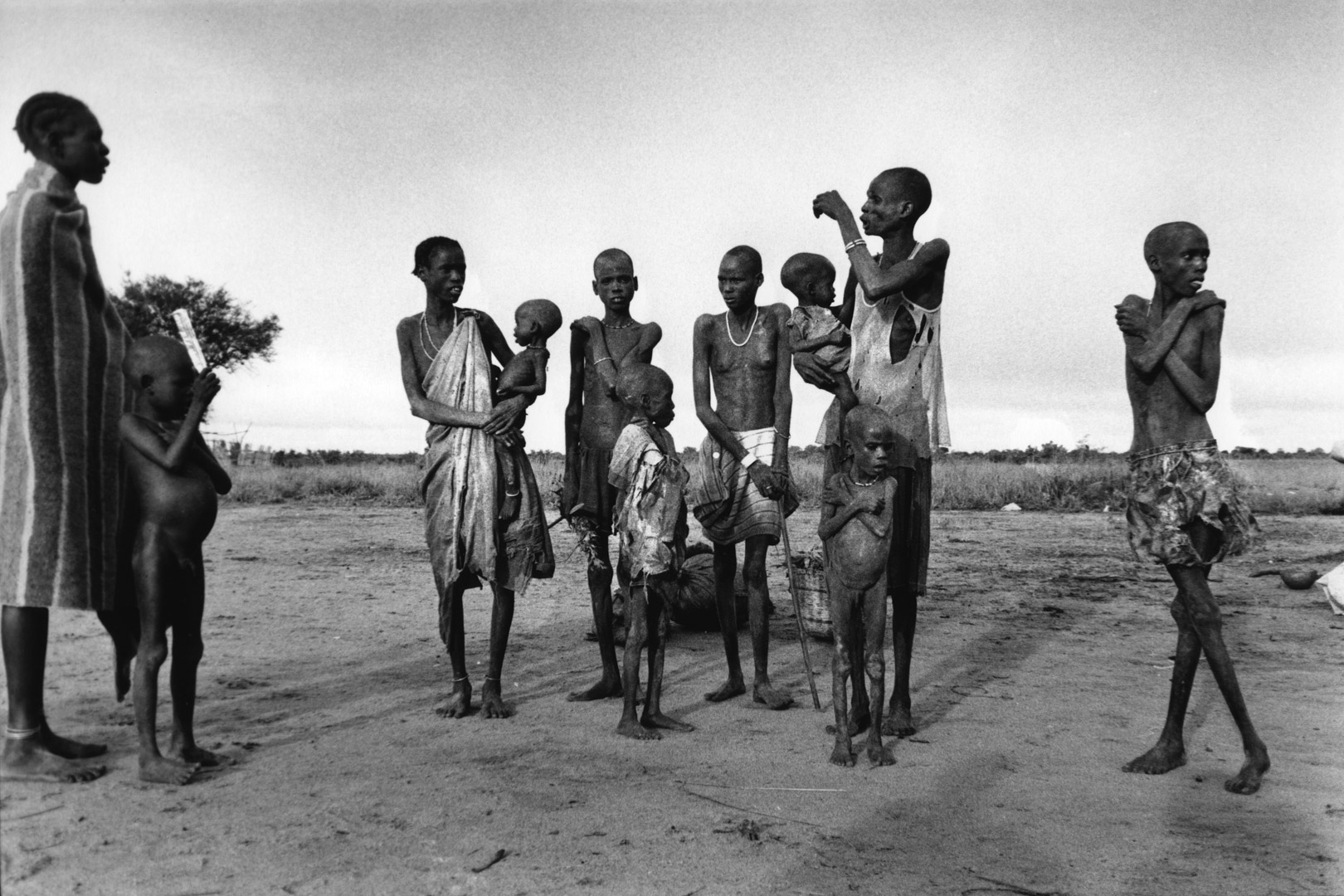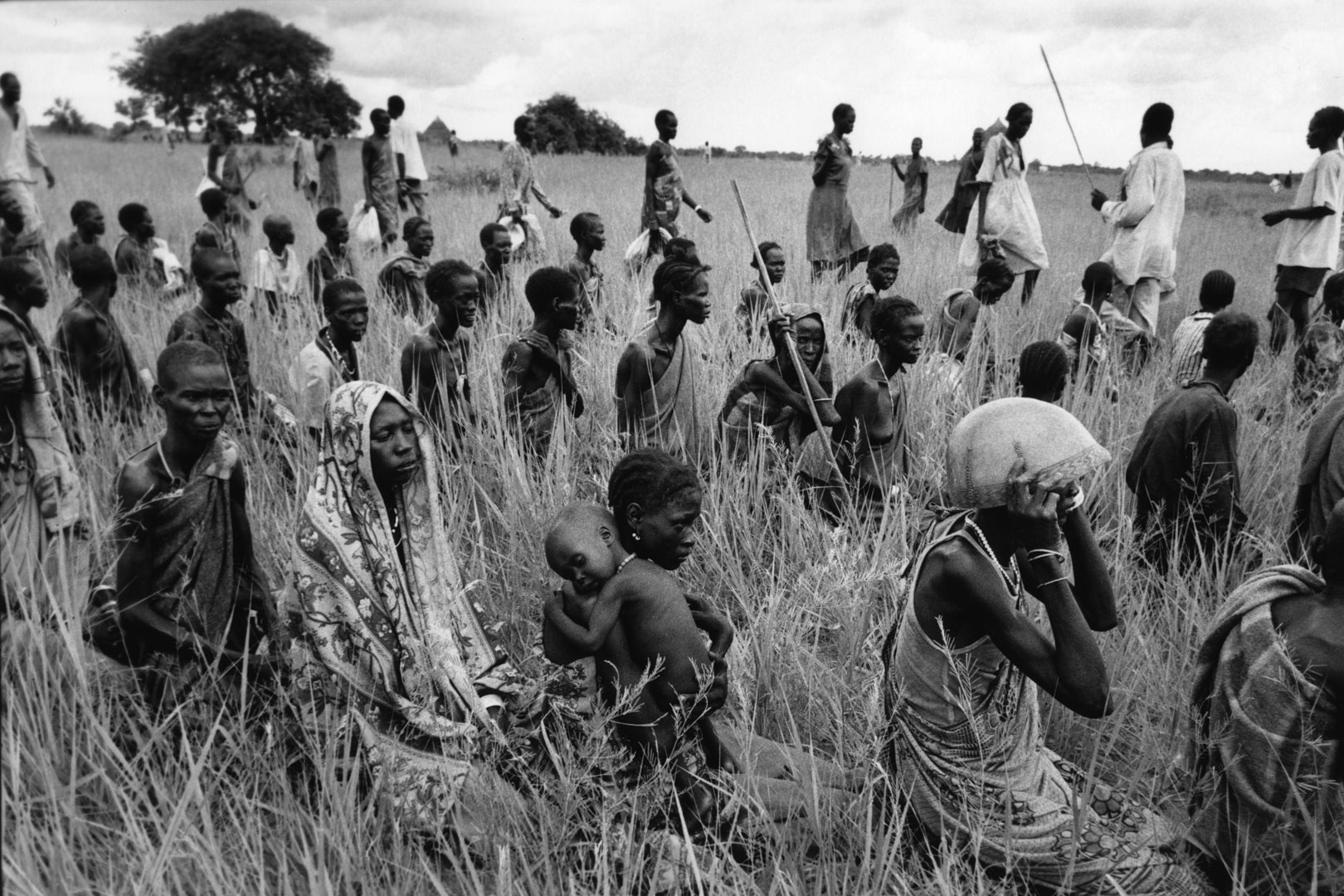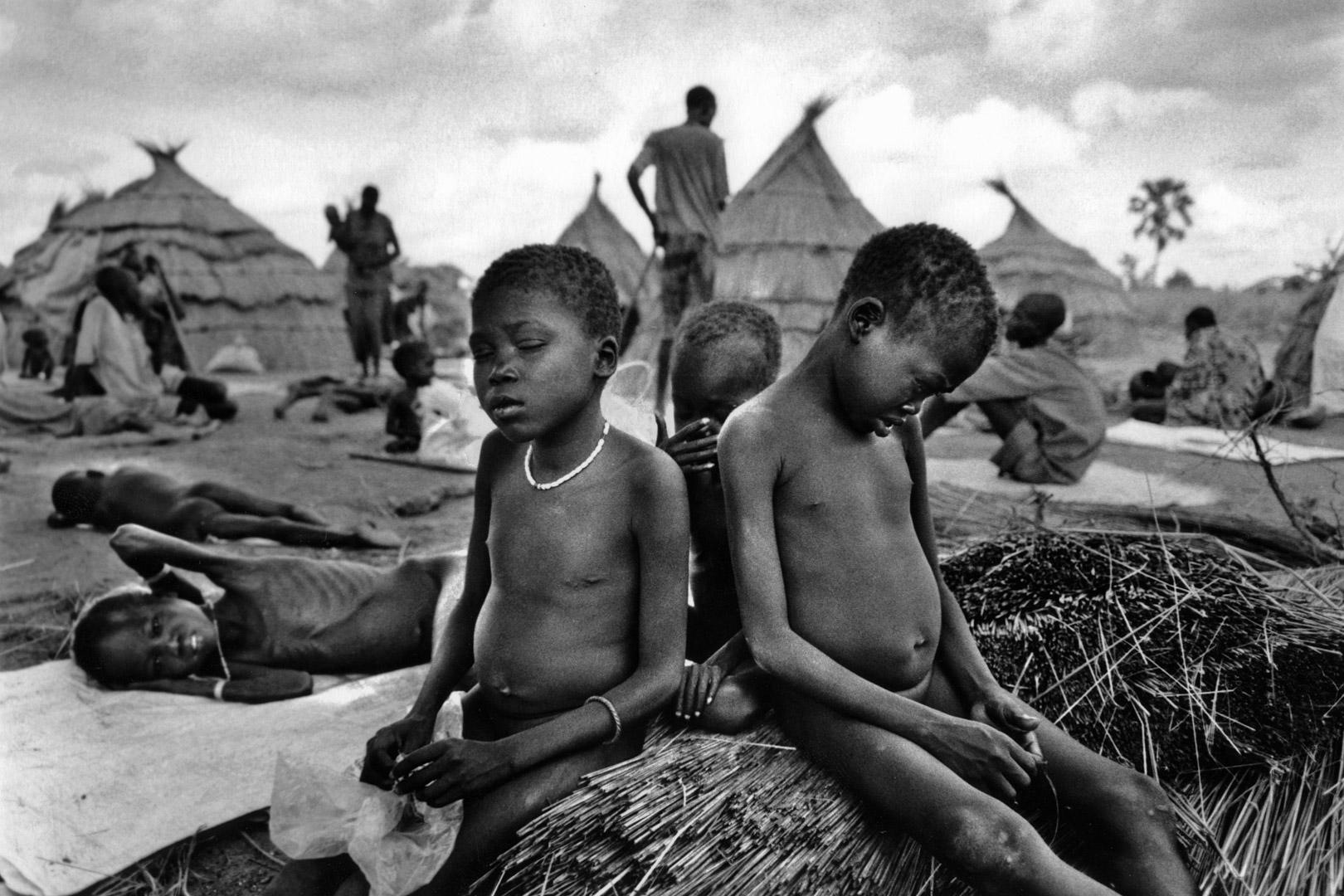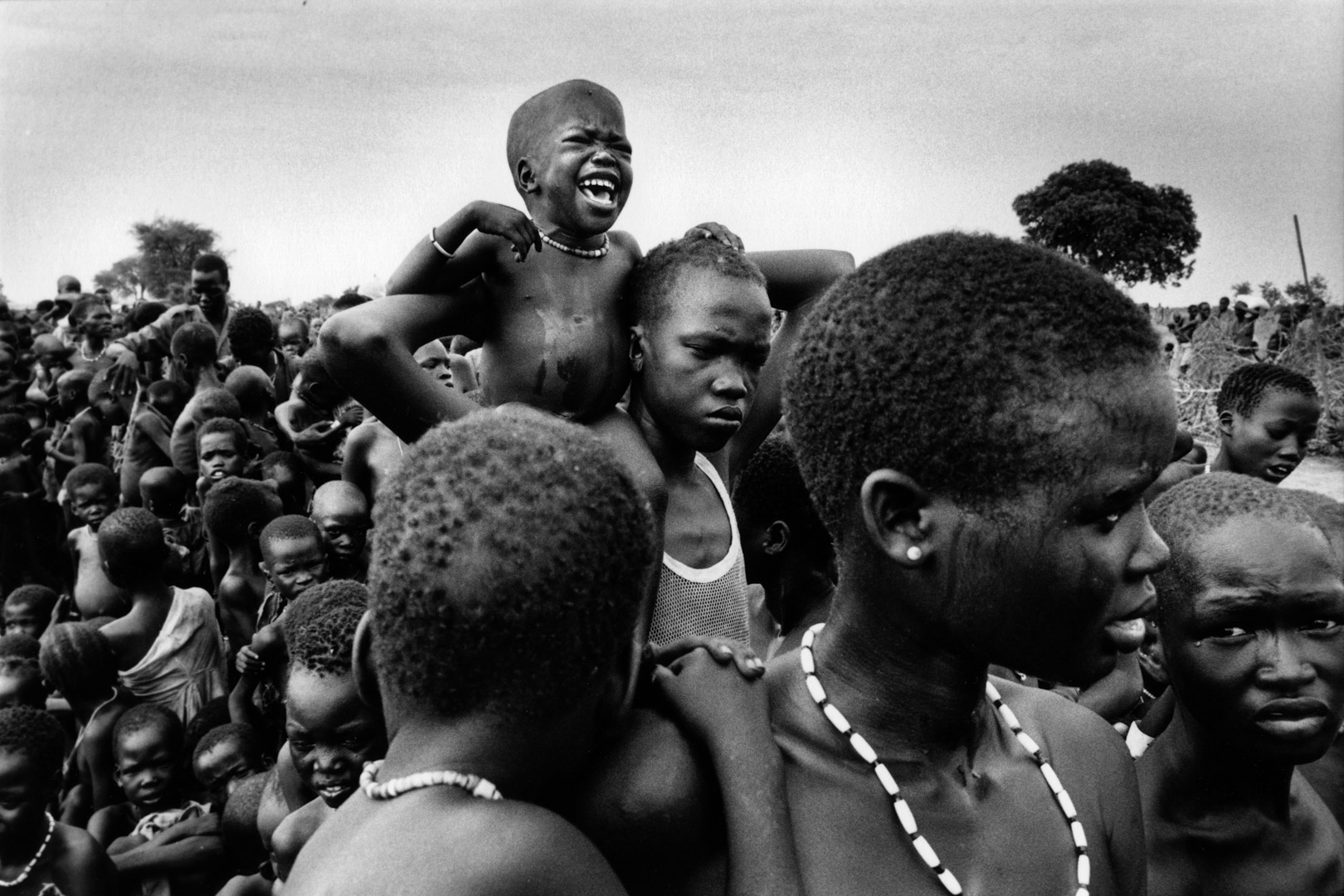Famine in South Sudan 1998
Repeatedly, Sudan lives through war and hunger. In Bahr-el Gazhal, the “land of gazelles” in Southwestern Sudan, competition was traditionally fierce among the Dinkas tribes to crown the greatest milk drinker. Among these semi-nomadic shepperds, quite isolated from the world, each clan had its champion, symbol of the power of the group.
But year 1998 didn’t known its champion: the famine, worsened by war was too important. Three years without rains and harvests have depleted the last reserves, and, since 1983, a violent conflict between the Islamist regime of Khartoum to the Christians and Animists of the south led by the Sudan People’s Liberation Army (SPLA) has torn the Sudan apart.
A war in which famine is used as a weapon in the face of the general indifference of the international community while more than a million of civilians died of hunger according to the Humanitarian Organizations.
Lâm Duc Hiên, alongside of Medecins Sans Frontières, went to Bahr-el Gazhal, one of the regions most affected by famine which has recorded more than 70 000 victims.
